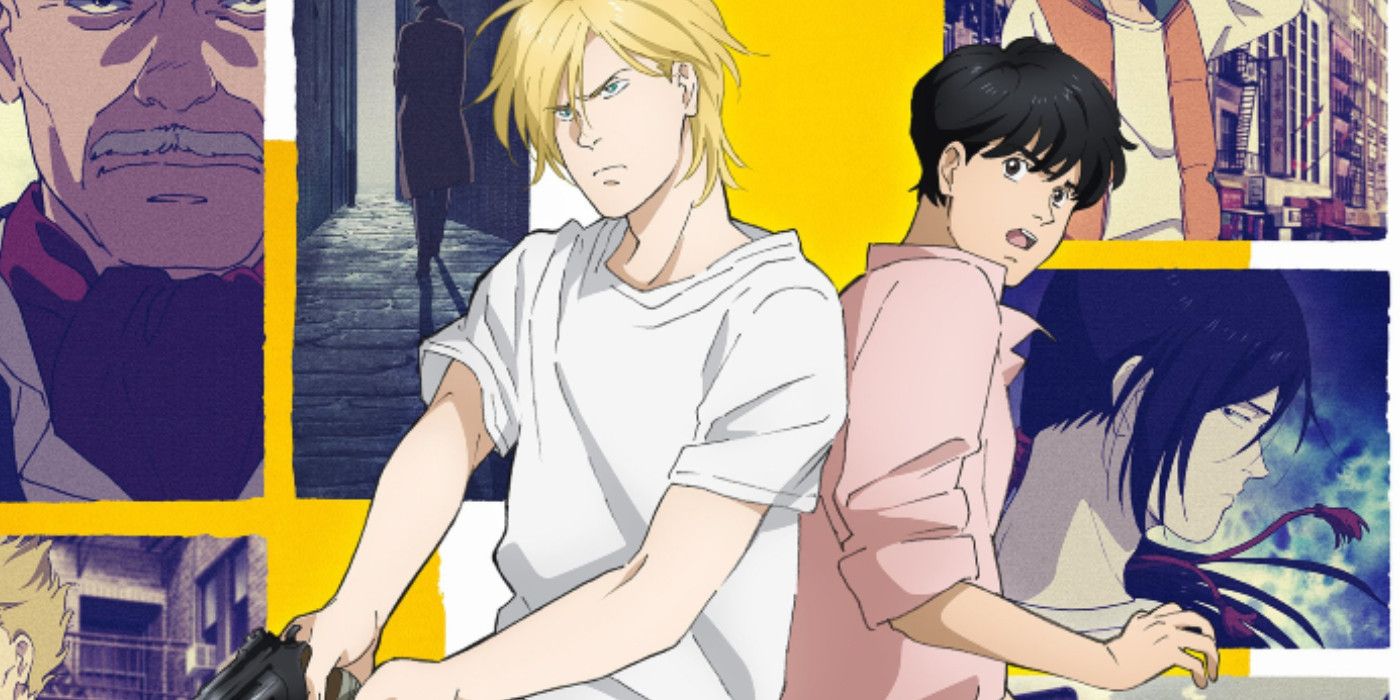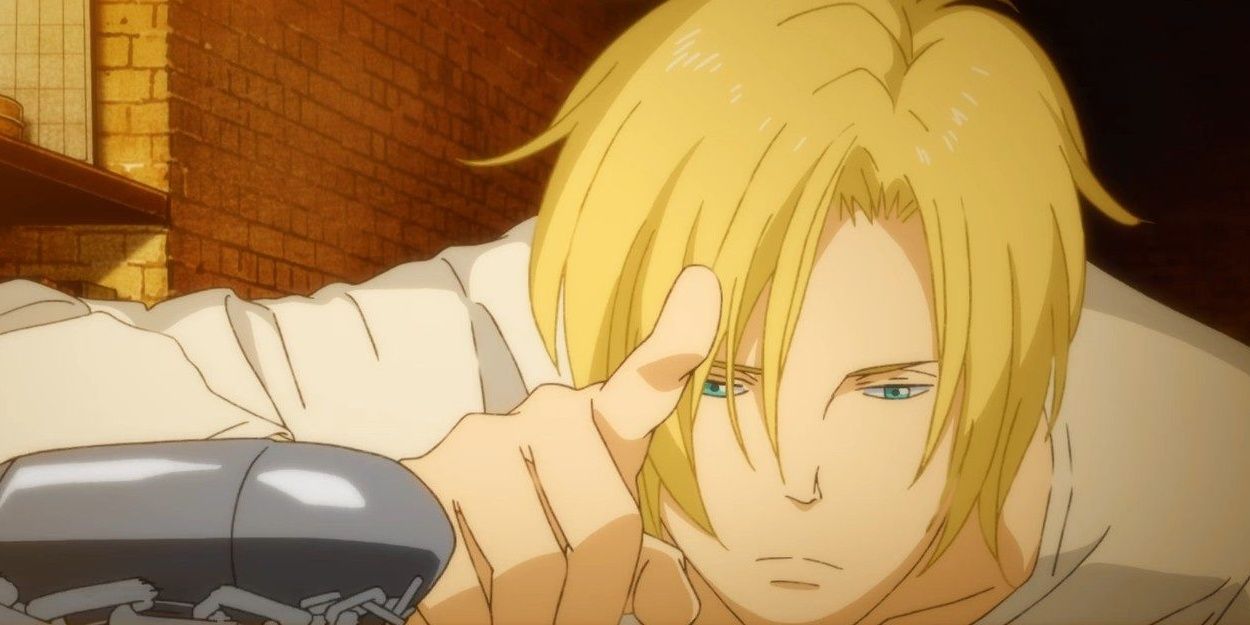Banana Fish, a classic manga from the 1980s and 1990s, provided a look at the life of American street gangs during those eras. Although it debuted at a time when it wouldn't have been able to become mainstream in the West, it's widely regarded as one of the best crime manga in Japan. This reputation has been revitalized in recent years, following the 2018 MAPPA anime adaptation.
One of the most notable elements of Banana Fish is its homoerotic nature. Despite not being an official Boys Love series, Banana Fish has several cross-genre elements that were influenced by BL. Here's how, despite not being classified as BL, the series still ranks as one of the most prototypical and mainstream examples of it.
The Plot of Banana Fish
Before becoming an anime, the series began as a manga from Akimi Yoshida that ran from 1985 to 1994, amassing almost 20 tankobon volumes. The story follows a young street thug named Ash, who, after a series of mysterious events, begins investigating the meaning behind the phrase "banana fish." Ash tends to his mentally ill older brother, who came home from Vietnam severely impaired after going ballistic, and stating the same "banana fish" term. Ash is also the sexual plaything of a French mob boss, which both keeps him out of, and puts him into, trouble.
Along the way to discovering what the odd phrase means, Ash befriends rival gang members, and a pair of investigators from Japan. Chief among them is the young assistant, Eiji, who becomes much more involved with Ash than either of them expected. What ensues is a story of gang warfare and street crime in a derelict New York, a look into the America's attempts to topple foreign powers, and perhaps one of the most understated same-sex romances in manga, at least at the time. That has led many to question whether the romance was merely a subplot, or if it truly defines the genre of Banana Fish.
Is Banana Fish Boys' Love?
Banana Fish is known for its inclusion of both shonen and shojo elements, as it has an art style more associated with the latter, despite being categorized as the former. This meant that the young male characters were all drawn as being particularly lithe and handsome, if not outright cute. It circumvents the trappings of this art style by being focused on rather gritty crime, complete with hard-boiled detective elements, action sequences and shootouts.
The central relationship between Ash and Eiji is never made out to be explicitly romantic, in spite of Ash kissing him early on in the series as part of a ruse. Their bond is incredibly tight, with the two remaining close in spite of the various obstacles they face. This subtle romance has made many people consider the series to be an example of the ever-popular Boy's Love genre, while just as many see it as the opposite because of it. Said "romance" is accentuated by the various tender moments between the two, namely their frequently being held in each other's arms.
Another focus in the series is sexual exploitation, mostly in the form of rich older gentlemen essentially coercing young boys into sex trafficking. This makes sexuality, particularly homosexuality, a chief part of the storyline, even if any actual consummation is pretty much exclusively non-consensual. This still ties somewhat into the shojo and arguably Boy's Love genres, but certainly looks at things in a much less idealistic fashion.
Whether the series is a Boys Love tale itself, it's undeniable that Banana Fish has become a huge influence on that genre. This stems mainly from its more realistic look at relationships and real-world issues, as well as having a focus beyond mere smooches. Ultimately, it might be up to fans to decide for themselves.



